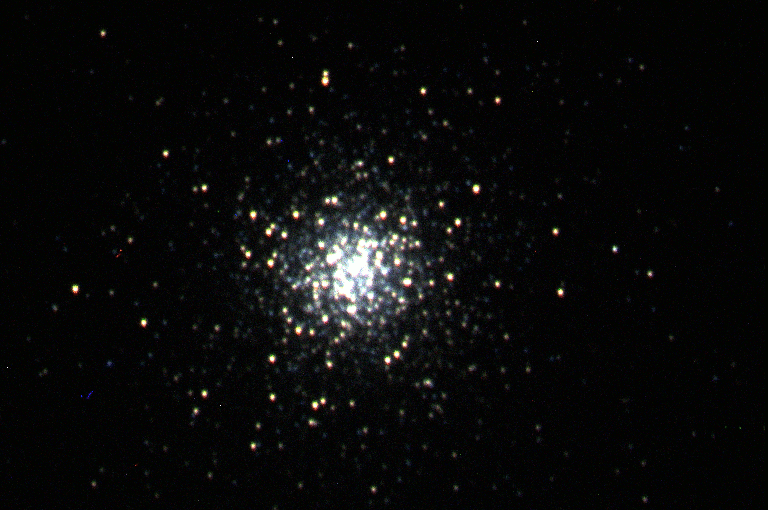More than two-thirds of stars are not solitary like our Sun. They are binary systems, meaning they contain two stars that orbit each other about their common centre of gravity. Stars like our Sun are much more rare, and we are not sure what the difference in formation is between binary and solitary systems. Binary systems are much more useful from a scientific perspective, as we can study their orbital period and separation to infer a wide range of properties such as masses and distances. A special class of stars, called RR Lyrae variable stars, have puzzled astronomers for years as they are very old and appear to be wandering alone through the cosmos. However, with the results of a new study, they may not be as lonely as once thought.

Variable stars are named for their variation in brightness, which can happen over a period of hours to days to years. They are useful as measurements of distances in the Galaxy, what astronomers call a standard candle. This comes about because of a strange relation between the star’s period of variation and its intrinsic luminosity. We can measure it’s period from Earth by looking at the change in brightness over time, and then use this information to obtain the star’s luminosity, or actual brightness. Once we know how bright the star really is, we can compare it to how bright it appears in the sky. If the gap between the two is bigger, it means the star is further away.
RR Lyrae variables are a specific class of variable stars that generally reside in Globular clusters, and are some of the oldest known stars. They are often used in determining the distance to globular clusters. However, without binary companions, it is hard to determine some of their precise properties, leading astronomers to rely on theory to bridge the gaps in understanding.

Now, however, an international research team led by experts of the Millennium Institute of Astrophysics (MAS) and the Pontificia Universidad Católica de Chile’s Institute of Astrophysics (IA-PUC) have found evidence suggesting that many of them are binaries, and have been able to identify 20 binary systems containing an RR Lyrae Variable star. Previous studies had only turned up one binary in the population of 100,000 known RR Lyrae stars.
The Astronomers used what they call the ‘light travel time effect,’ where light from a star in a binary system takes a varying amount of time to reach Earth depending on where it is in it’s orbit. Knowing this, the researchers looked at subtle differences in the variations of each star’s brightness, and were able to determine 20 candidates for binary systems after surveying a population of 2000 near the central bulge of the Milky Way.
The resulting systems had orbital periods of years, meaning they were very spread out and difficult to discover, which is why they appeared solitary in the past. More data is needed to see how many RR Lyrae stars have true companions, but finding more than we expected gives us new power in understanding these rare and ancient stars, so that we may someday find a complete understanding of their formation and evolution.
